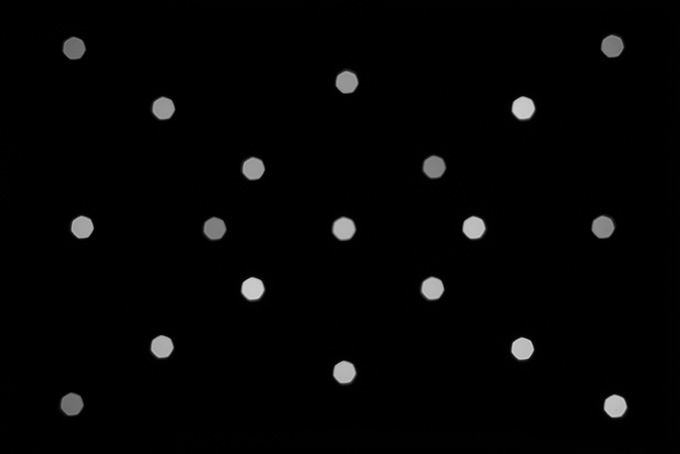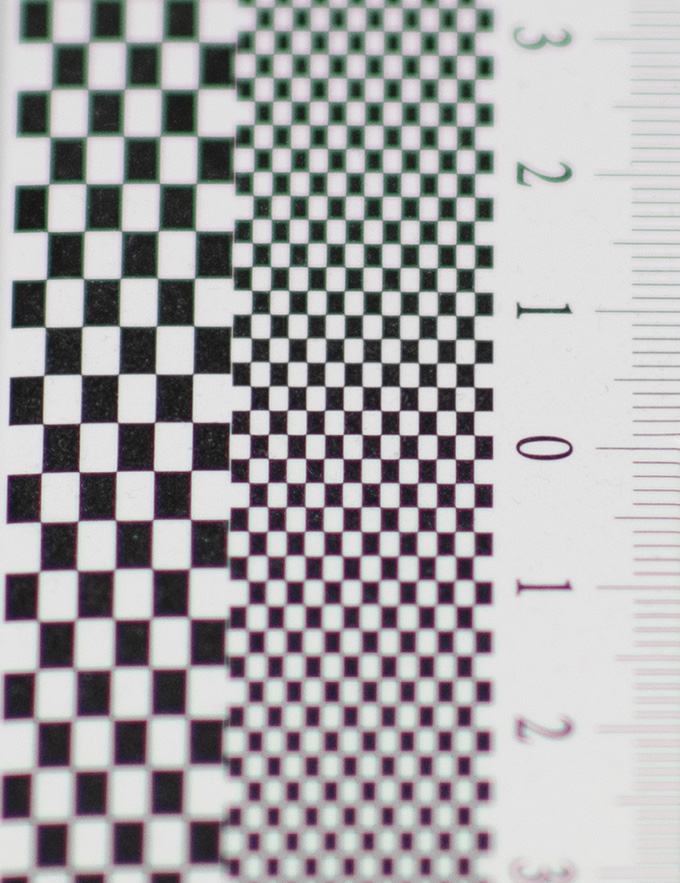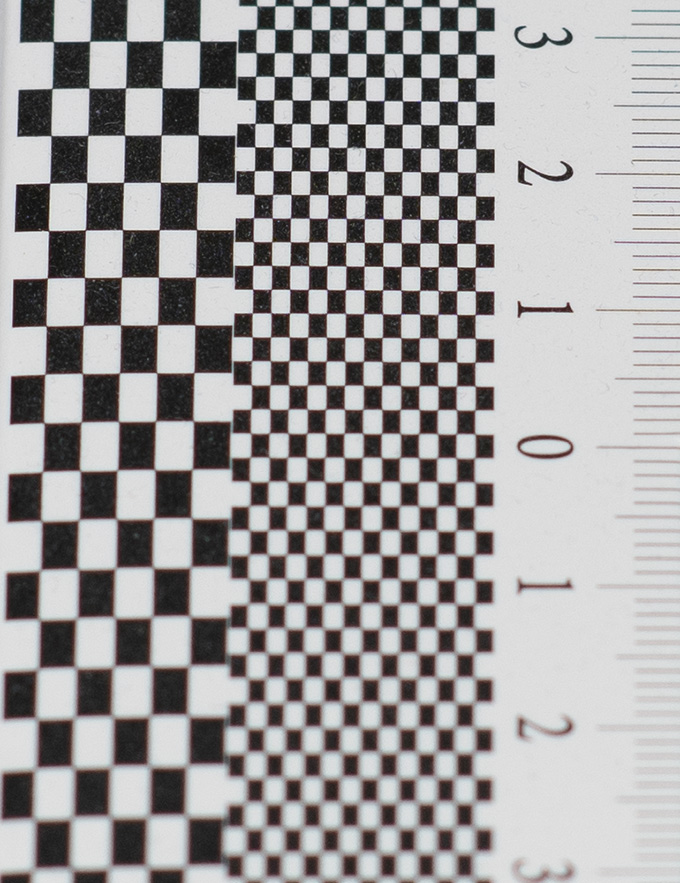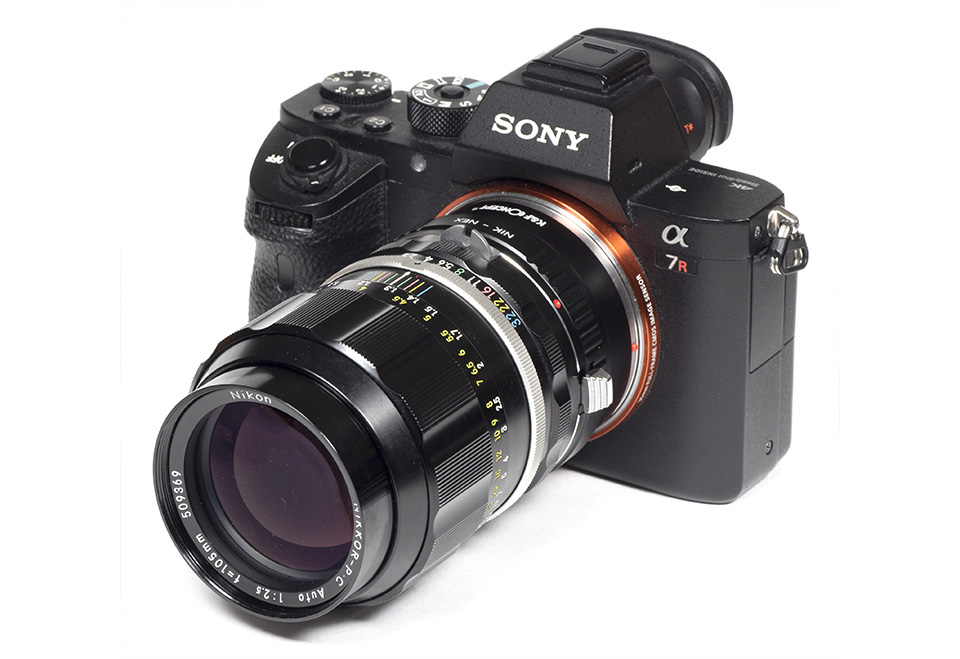Review by Klaus Schroiff, published January 2023
Introduction
The Nikkor 105mm f/2.5 is a medium telephoto lens that was produced by Nikon for their F-mount cameras. The 105mm f/2.5 was first introduced in 1959 ( Nikkor Nippon Kagaku 10.5CM f/2.5 ) and has gone through several iterations over the years. In 1966, Nikon introduced an improved version of the lens, the Nikkor-P 105mm f/2.5, which featured a modified optical formula and a more convenient stop-down aperture ring. The version that we are discussing here is the “P.C.” variant manufactured sometime around 1973-1975 which uses a further improved Xenotar/Gauss design. The lens is quite a legend among vintage enthusiasts. Some of its fame – and the fame of Nikon F in general during this time era – came from iconic images shot during the Vietnam war. In 1977, Nikon introduced another version of the lens, the AI 105mm f/2.5 and later in 1981, the AI-S version (used for the iconic photo of the Afghan Girl). The lens is still considered one of the best medium telephoto lenses ever made by Nikon so let’s see whether the legends are telling the truth.
Being a more famous vintage lens, it is somewhat more expensive on the used market but the costs for obtaining one are still very manageable for the 70s versions at least.

Compared to the previously reviewed Asahi-Pentax and Olympus lenses, the Nikkor is distinctively different. While the former were clearly optimized for size and weight, the Nikkor is conventionally sized. While still not huge or especially heavy, it is a substantial lens. The build quality is very good although at least our specific sample falls a little short in this respect – possibly an indication of heavier use. The focus ring turns smoothly but is a little stiffer and turning the aperture ring feels a bit less -say- premium. By today’s standards, it’s still quite a tank with an all-metal body. Typical for lenses of its era, it uses a linear extension system for focusing thus there’s an inner lens tube that extends towards shorter focus distances.
Needless to say – it’s a fully manual lens. Thus you set the aperture on the lens while (usually) setting the camera to aperture priority mode.
| Specifications | |
|---|---|
| Optical construction | 5 elements in 4 groups |
| Number of aperture blades | 7 |
| min. focus distance | 1.00m (max. object magnification 1:7.1) |
| Dimensions | 66x78mm |
| Weight | 435g |
| Filter size | 52mm |
| Hood | barrel-shaped, screw-in |
| Other features | – |
| Mount | Nikon F |
Distortions
The Nikkor P.C. 105mm f/2.5 is, of course, a fully corrected lens that produces only a marginal degree of barrel distortion.

Vignetting
Vignetting is quite well-controlled with a maximum light falloff of 1.2EV (f-stops) at f/2.5. Stopping down to f/4 reduces the issue to a negligible degree already.

MTF (resolution @ 42mp on Sony Full Format)
As mentioned before the Nikkor has a bit of legendary status and the resolution characteristic confirms this. Even by today’s standards, the lens is impressively sharp across the frame. At f/2.5 and f/4 the results are very good and between f/5.6 and f/8 the center even reaches excellent spheres. f/11 remains perfectly sharp but stopping down further should generally be avoided due to diffraction.The field curvature is low. The centering quality of the tested sample was good.
Please note that the MTF results are not directly comparable across the different systems!
Below is a simplified summary of the formal findings. The chart shows line widths per picture height (LW/PH) which can be taken as a measure of sharpness. If you want to know more about the MTF50 figures, you may check out the corresponding Imatest Explanations.

Chromatic Aberrations (CAs)
Lateral CAs vary along the aperture range with a maximum pixel width of 1.5px at the image borders at f/2.5. This decreases to less than 0.5px at medium aperture settings.

Bokeh
Back in the day, the Nikkor is often described as the perfect portrait lens and we can see why this is the case – the bokeh is very good indeed.
Out-of-focus highlights are beautifully rendered with a smooth inner zone and no outlining. Typical for lenses of this time period, the more edgy aperture shape is already showing up at f/4. At the time, rounded aperture blades, which could mitigate the issue to some degree, were not invented/used yet.

When looking at the whole image field, the highlight discs don’t stay circular outside of the image center. The “cat eye” effect is slightly more pronounced in the edges of the frame compared to the Asahi-Pentax 105mm f/2.8 & Olympus 100mm f/2.8. However, the deterioration is still moderate. Stopping down to f/4 restores the “circular” shape at the expense of the edgier disc rendering.



The quality of the general blur in the focus transition zone is exceptionally smooth in the background (shown to the left below). The foreground blur (to the right) is less ideal with double edges though.

Bokeh Fringing / LoCA
Boheh fringing/LoCA is an axial color fringing effect with purplish halos in front of the focus point and greenish beyond.
The Nikkor doesn’t use an APO design, of course, so the fringing is very pronounced at f/2.5. The LoCAs are substantially reduced at f/4 and mostly gone from f/5.6.
If you look closely, you may notice that the focus point moves to the rear when stopping down. This focus shift is called “Residual Spherical Aberration” or RSA. While noticeable, it isn’t critical yet.



The Nikkor P.C. 105mm f/2.5 may be 50+ years old but it's still an impressive lens even by today's standards. Especially the image sharpness is impressive. And it's not only about the center quality - the lens is quite evenly sharp across the image field at f/2.8 with some extra bite around f/5.6. Compared to modern lenses the peak performance is a tad lower but most will be hard-pressed to see a difference. Image distortions are negligible. Lateral CAs are a tad high at f/2.5 but they are well-controlled beyond. Vignetting is only noticeable at max aperture as well. The quality of the bokeh is excellent in the out-of-focus background whereas the foreground blur can be a bit rough. Bokeh fringing aka LoCAs is quite high at f/2.5 but some modern lenses struggle here as well.
Nikon earned its reputation for offering tough gear during the 70s and the 105mm f/2.5 feels also like it was carved from rock. The all-metal construction is reassuring. Manual focusing is a bit on the stiff side (in our sample at least). The action of the aperture ring feels very clicky and not overly soft though.
If you want to own a legendary lens, this may well be the one. Thankfully, it was produced in high numbers so the used market price is still pretty moderate. As surprising as it may be, it is still capable of playing well with high-megapixel cameras today. After all this time, this is quite an achievement. Highly recommended!
-
Optical Quality7.5
-
Build Quality9
-
Vintage "Character"10


